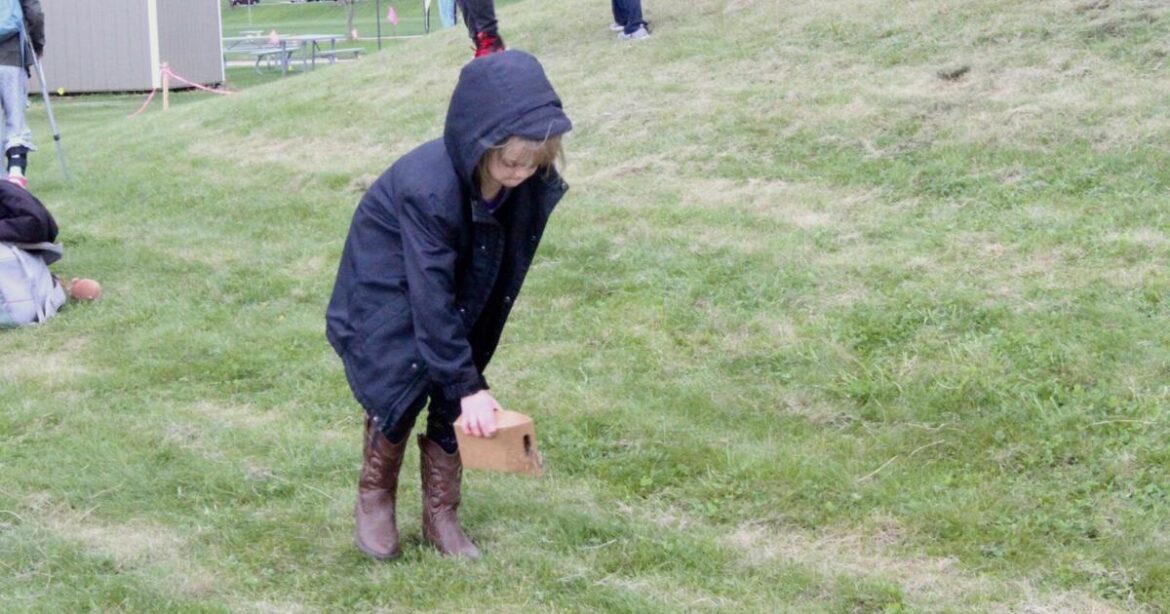by ALEXANDRA RETTER
To help encourage butterflies and other insects to stop by their school gardens, Riverway Learning Community students spread seeds to grow a pollinator garden last week. This is part of the school’s broader focus on environmental education, which includes school gardens.
Preschool through 12th grade students all took part in seeding the garden behind their school. Students learned about how pollinators such as bees help with producing food and butterflies help with pollinating flowers, as well as how more plants that pollinators depend on are needed, Seventh and Eighth Grade Teacher Mary Kate Ciszak and Flawn Seed Kits Founder Anthony Nied said. Students also learned how to spread seeds widely, not just in narrow rows, she said. Her students in particular were in charge of seeding the school’s orchard area, which includes different types of trees such as apple trees, she said.
Growing flowers for pollinators fits in with the school’s focus on environmental education and other gardening work, Ciszak said. In total, the school has 23 raised garden beds, she said. “And we’ve been trying to use this mini farm to help offset some of the food costs we have in our kitchen,” she said. “We also use it for snacks …” Some items from the garden have included pumpkins and tomatoes, and students and staff have battled potato bugs munching their plants. Students love to eat what’s grown in the garden, she said.
Student Payton Mormann said students have used straw to mulch the garden and paid attention to where it is most needed to prevent grass from growing. Student Sabine Wright said, “… Last year when we set [the gardens] up, it was kind of fun in a team activity, because we had three people at any given time doing any given task, whether it be laying the stuff inside the garden beds, putting rows in place or digging.” Mormann agreed that everyone helping one another and working together in the garden is a fun part of gardening.
When spreading seeds for pollinators, Mormann said, “My favorite part was being able to be with my friends.” Wright said the activity reinforced that pollinators, including bees and monarch butterflies, need more help. “I would say a lot of the students were excited to be part of the process of expanding what our outdoor space looks like, because we always talk about how this is a process, and our garden has been a process … So this is just a next layer to our garden,” Ciszak said. “I think they enjoyed spreading the seeds … It’s kind of cool to see the older students helping the younger students. They’re really good at that.”
Looking ahead, students will put paths in the garden and plant in the raised garden beds, Ciszak said. She plans to do studies with them on how to best grow tomatoes. The flowers for pollinators should bloom in about 45 to 60 days, said Nied, who provided the seeds. This will bring a collection of white, pink, red and purple wildflowers to the school, he said.
Education@winonapost.com

